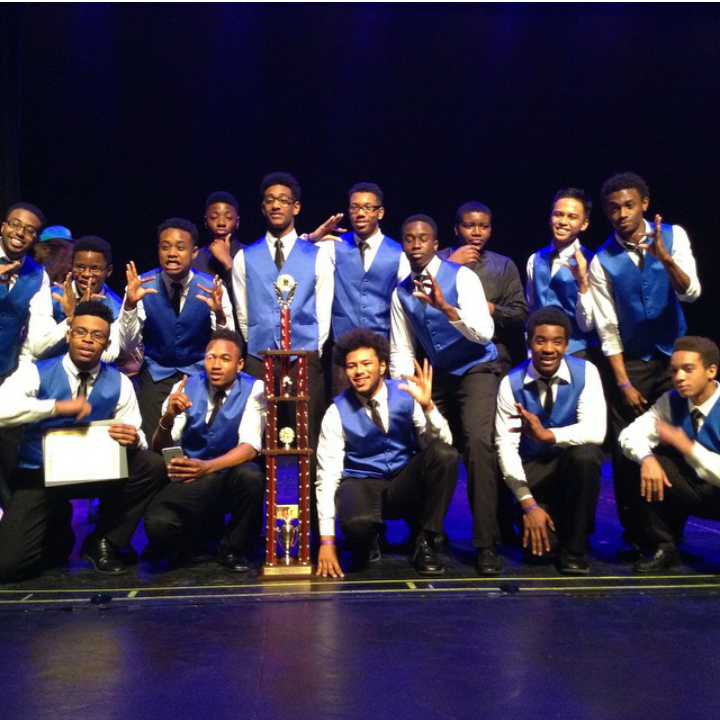News about the financial crises of Historically Black Collegesand Universities (HBCUs) remains a hot topic in the Blackcommunity. But new statistics show that these crises often stemfrom an improper allocation of money by financialadministrators.
According to statistics provided by theNational Center For Education, out of the average $367,857 of saleand services funding given to HBCUs, $339,872 of that money goes toathletics and auxiliaries.
In a recent meeting of Florida A&MUniversity’s Board of Trustees, the propaganda surrounding themovement of the school’s football team, the FAMU Rattlers toDivision I-A level was discussed. Board of Trustees membersargue that upgrading the status of the team would bring morecorporate sponsors and students to their institution.
FAMU’s president Fred Gainous claims,”athletics has a chief purpose to attract students to theUniversity.” Gainous is just one of the many HBCUadministrators that feel putting money into athletic facilities ofwill improve the school’s reputation while increasing studentenrollment and alumni donations. The fact of the matter iswhether such pretenses are true.
In 2000 and 2001, Morgan State University inBaltimore, Maryland began the revitalization process of its stadiumand athletic facilities.
In visiting Morgan’s east Baltimore campus,the newly renovated Hughes Stadium, which cost the school $14million, sits with a freshly painted turf field as Morgan’s logolies in the center of the field. A 400-meter blue and redtrack wraps around the football field with a pole vaulting area andlong jump pit outside of the track.
In the meanwhile, all of these features restin the concrete make-up of bleacher-like seats and brand newconcession stands, which finish off Hughes Stadium.
Parking lots are currently being built toaccommodate the size and seating of the stadium. With suchphysical developments backing the school’s credentials, enrollmentshould have escalated, right?
According to Morgan’s fall 2003 Demographicsstemming back from 1999 before the stadium’s renovation, the numberof freshmen applicants have increased from 6,758 applicants in 1999to 12,685 applicants in 2003, which equals a 5,927increase.
Although the numbers are significant, the hugeincrease in student applicants is not primarily due to thecompletion of Hughes Stadium.
Morgan received a large number of studentapplicants during the time the new stadium was built because ofother factors outside of the funding of its athleticfacility.
Morgan also renovated and expanded theBusiness School, Science Complex, Library, and ResidentHalls. Design developments are currently taking place for thenew Communications Center, Student Center, and Library. Construction of the new Science Research Building with Greenhousewill be completed in the summer.
In discussing alumni donations, the fundingfor the aforementioned projects did not generate from alumnidonations of any sort. Morgan State, as many stateuniversities do, receives large sums of money through the state ofMaryland.
Schools like FAMU and Morgan accumulate moneythrough government funds. Based on averages, the federalgovernment gives $583,864 to HBCUs, state governments $1,245,385,the local government $76,604, and private grants, gifts, andcontracts equal up to $48,157.
An analysis done by USA Today argues that theaverage athletic budgets are more than double the increases ofaverage university spending at Division-I schools such as Morganand FAMU.
Howard University in Washington, DC, on theother hand, has not had any type of renovation or work done to itsathletic facilities or stadiums in up to the last five years. The latest edition to Howard University’s athletic facility is “ThePulse, Howard’s new weight room located in BurrGymnasium.
Howard, unlike Morgan, is a privateinstitution and alumni donations are indeed important. Withits long list of infamous alumni, Howard receives some donationsfrom its notorious alumni such as rapper/producer/actor/designerSean “Puffy” Combs.
Even without the glamorous athleticfacilities, Howard’s enrollment has increased over the years inhaving 14 percent first time students today, and 71 percentcontinuing students compared to having 10 in the past.
Howard University is ranked in the top five asone of the best colleges for African-Americans by Black Enterprisemagazine. The ranking is for
It’s academic achievement not its footballfield.
Gratifying an institution’s athleticdepartment with proper funds will not automatically cause alumni toreach deeper into their pockets. Some students do apply touniversities because of nice facilities as in the case of MorganState, but schools such as Howard whose percentages of applicantshave increased without renovations show that a building does notmake the man or the institution.




